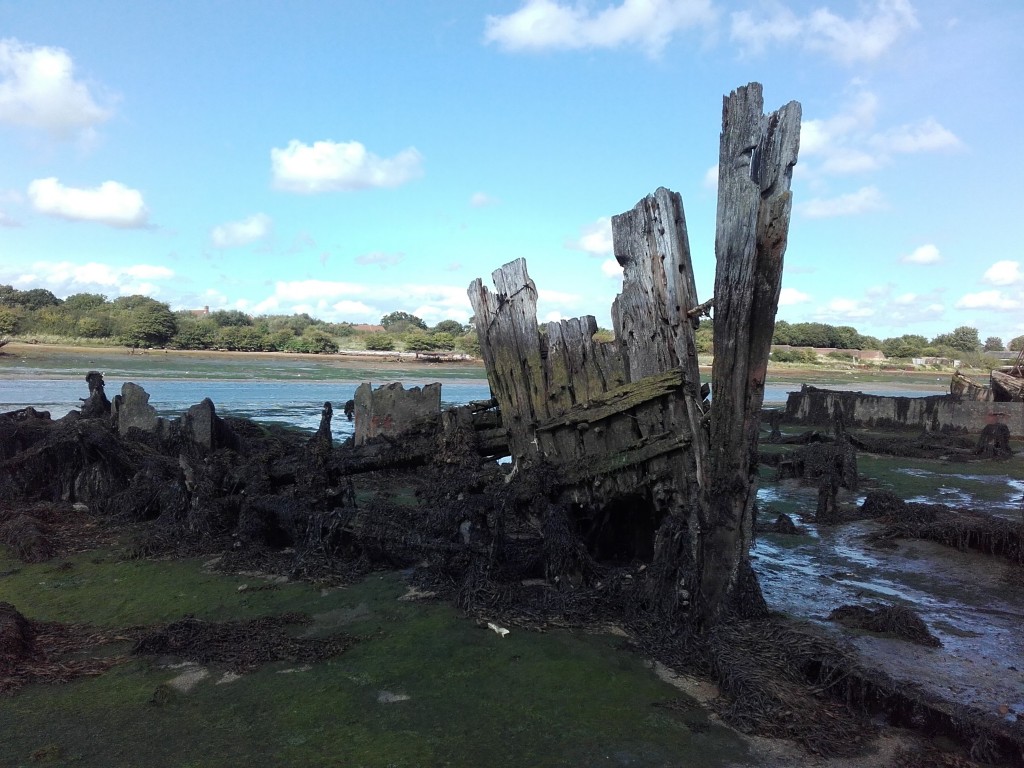Understandably, there is often a focus on maritime archaeological sites that lie underwater and many of the most impressive or important ones, like the Mary Rose, or the Vasa are discussed during the shipwrecks course. We are also familiar with sites on land that have their origins in maritime worlds, ship burials like Sutton Hoo, or silted up harbour sites such as Myos Hormos in Egypt.
Continue reading →









